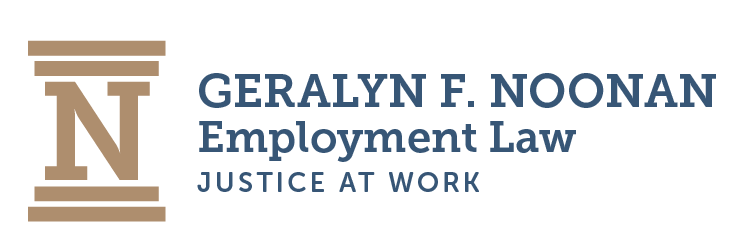Helping You Understand The Patent Application Process
A United States patent provides its owner with the legal right to prevent other persons and companies from making, using and selling the patented invention within the United States. The United States Patent and Trademark Office issues patents for inventions that are new and unobvious.
A utility patent is granted for functional inventions, including machines, products, compositions of matter and technological processes. A design patent protects an original ornamental design of an article of manufacture. A utility patent is effective for up to twenty years from the date a complete patent application is filed for the invention. A design patent lasts for fourteen years from the date the patent is granted. United States patents are not renewable.
A preliminary patent search is often performed to better determine if similar inventions are already known. The patent search is intended to provide a better idea about the ultimate patentability and protectability of your invention.
As your patent attorney, my office can conduct a patent search for you prior to pursuing patent protection. You may also conduct you own preliminary patent search over the Internet. (Website for U.S. Patent Office — http:/www.uspto.gov; see also Google/Patents).
The Patent Process
To obtain a United States Patent you must first file an application with the United States Patent & Trademark Office. The application must be filed not later than one year after your invention is first sold, offered for sale, publicly used or described in a printed publication. If you fail to meet this deadline your patent rights are invalid. When the patent application is filed you have a “patent pending”.
There are two types of utility patent applications. A relatively simple and less expensive preliminary or “provisional” application remains effective for up to one year, but is not examined by the Patent Office. It is intended to obtain a prompt filing date and assist the inventor in marketing and developing the invention, obtaining investors, etc. by providing the inventor with a “patent pending”.
A more detailed and expensive “non-provisional” application must eventually be filed in order for the invention to be examined by the Patent Office. This application is reviewed by a patent examiner who compares the invention to previous patents and other known information (“prior art”).
If the non-provisional application is initially rejected (usually because the government examiner determines that the prior art renders the invention either not new or obvious), the inventor can respond with appropriate amendments and arguments. Most applications require one or more such responses. If the application is eventually approved, a government issue fee is paid and the patent is printed. Unsuccessful applications may be appealed.
The entire patent application process normally takes one to three years to complete. If a provisional application is initially filed, the process may take two to four years to complete. Unusual cases may extend even longer.
After a utility patent issues, it is effective for up to 20 years from the date the nonprovisional application is filed for the invention. To maintain the utility patent, the owner must pay periodic maintenance fees to the Patent Office 3½, 7½ and 11 ½ years after the patent issues.
A design patent extends 14 years from the date the patent is granted. No maintenance fees are required.
Where Is Your Patent Effective?
A United States patent does not extend into foreign countries. To protect your invention abroad, you must obtain an individual patent in each country or group of countries (e.g. Europe) in which you desire protection. This process is fairly complex and quite expensive.
Nonetheless, if you are potentially interested in foreign patent protection, you should carefully guard the confidentiality of your invention and not disclose it publicly until after filing a United States patent application for the invention. Foreign protection should then be applied for within one year after the U.S. application is filed.
Rights under a United States Patent or patent application can be transferred by sale or licensing. In a license agreement, the patent owner (licensor) is commonly paid a royalty based upon the number of patented products sold by the licensee or percentage of the revenues generated by such sales.
Do You Have Questions About Protecting Your Patent?
Our experienced lawyers are here to help. Call William Noonan in Fort Myers at 239-481-0900 or send us an email to schedule your consultation. Our attorneys can help you get pointed in the right direction, and will work with you throughout the process.

